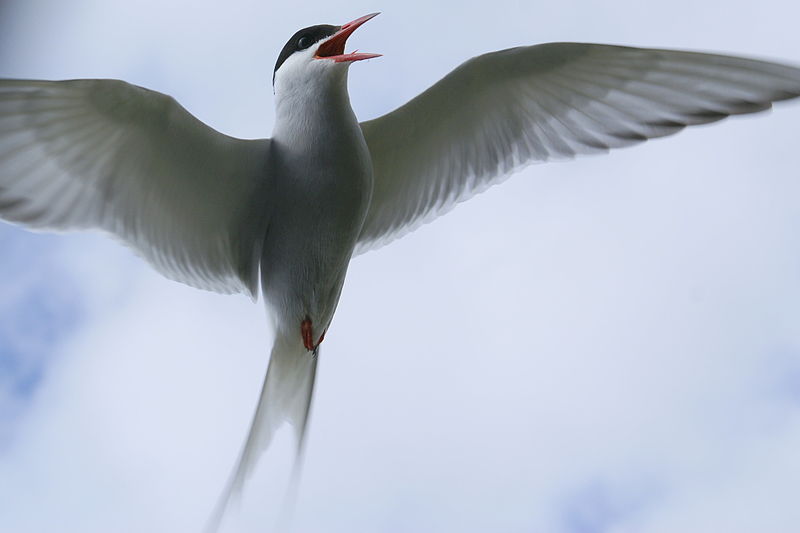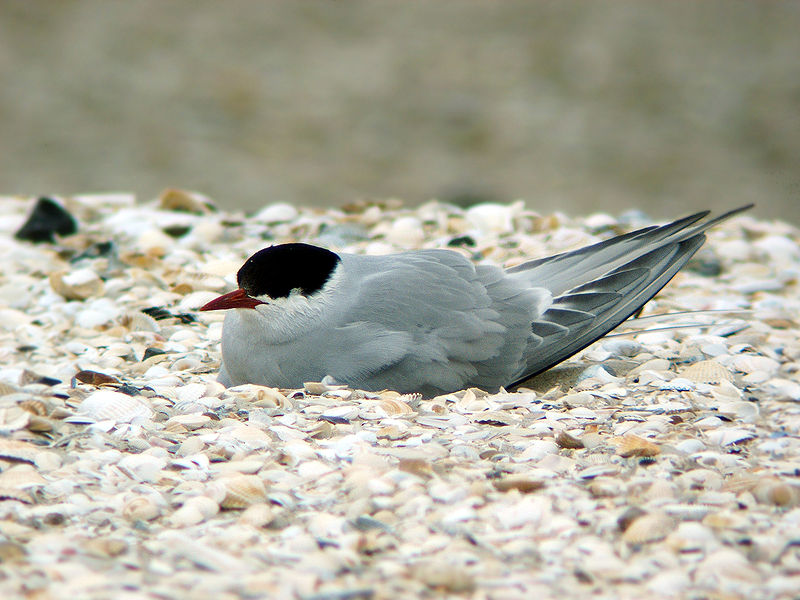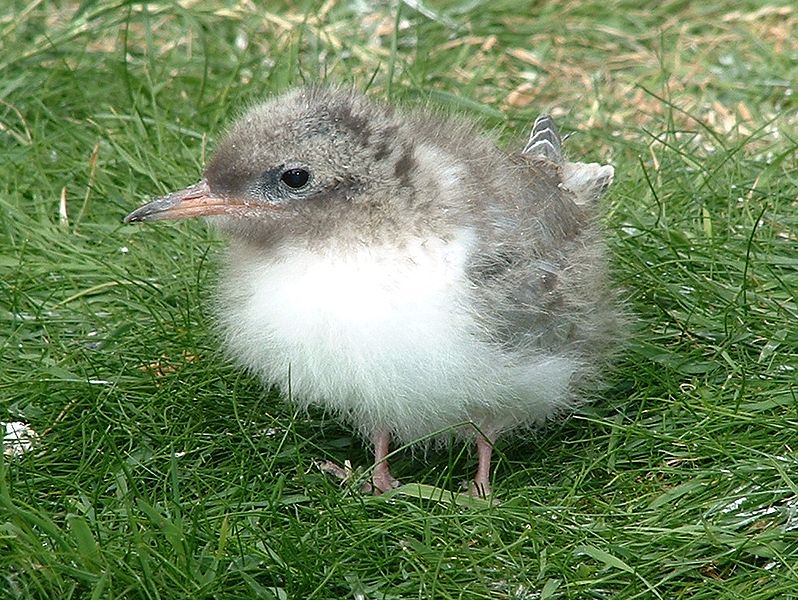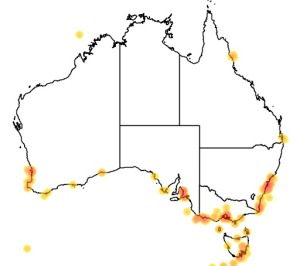Colours
Distinguishing features
The beak is dark red, as are the short legs and webbed feet. Like most terns, the Arctic Tern has high aspect ratio wings and a tail with a deep fork. The adult plumage is grey above, with a black nape and crown and white cheeks. The upperwings are pale grey, with the area near the wingtip being translucent. The tail is white, and the underparts pale grey. Both sexes are similar in appearance. The winter plumage is similar, but the crown is whiter and the bills are darker.
Juveniles differ from adults in their black bill and legs, "scaly" appearing wings, and mantle with dark feather tips, dark carpal wing bar, and short tail streamers. During their first summer, juveniles also have a whiter forecrown. (Wikipedia)
Size
- Up to 36 cm (Length of specimen)
Wingspan
- Up to 85 cm
Synonyms
Similar taxa
-
Animalia:
Roseate Tern (species: Sterna dougallii)
The Arctic Tern has a slightly darker colour and longer wings than the Roseate Tern. -
Animalia:
Common Tern (species: Sterna hirundo)
Unlike the Common Tern, the Arctic Tern has a longer tail and mono-coloured bill.
Distribution
Behaviour
It is one of the most aggressive terns, fiercely defensive of its nest and young. It will attack humans and large predators, usually striking the top or back of the head. Although it is too small to cause serious injury to an animal of a human's size, it is still capable of drawing blood, and is capable of repelling many raptorial birds and smaller mammalian predators such as foxes and cats. (Wikipedia)
Web resources
References
- Simpson, K., N. Day and P. Trusler (2004). Field Guide to Birds of Australia: 7th Edition Penguin Group (Australia), Camberwell, Victoria.



